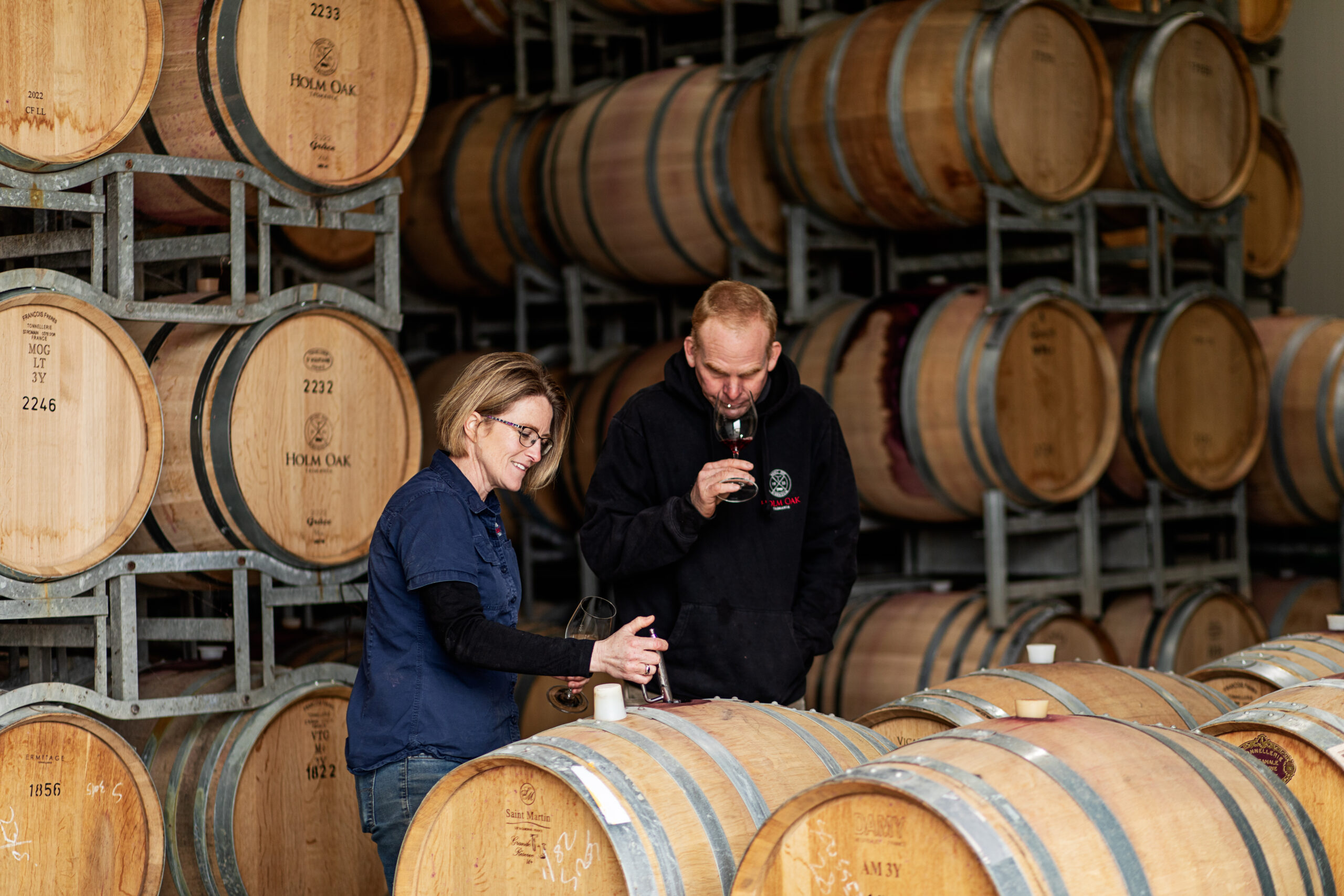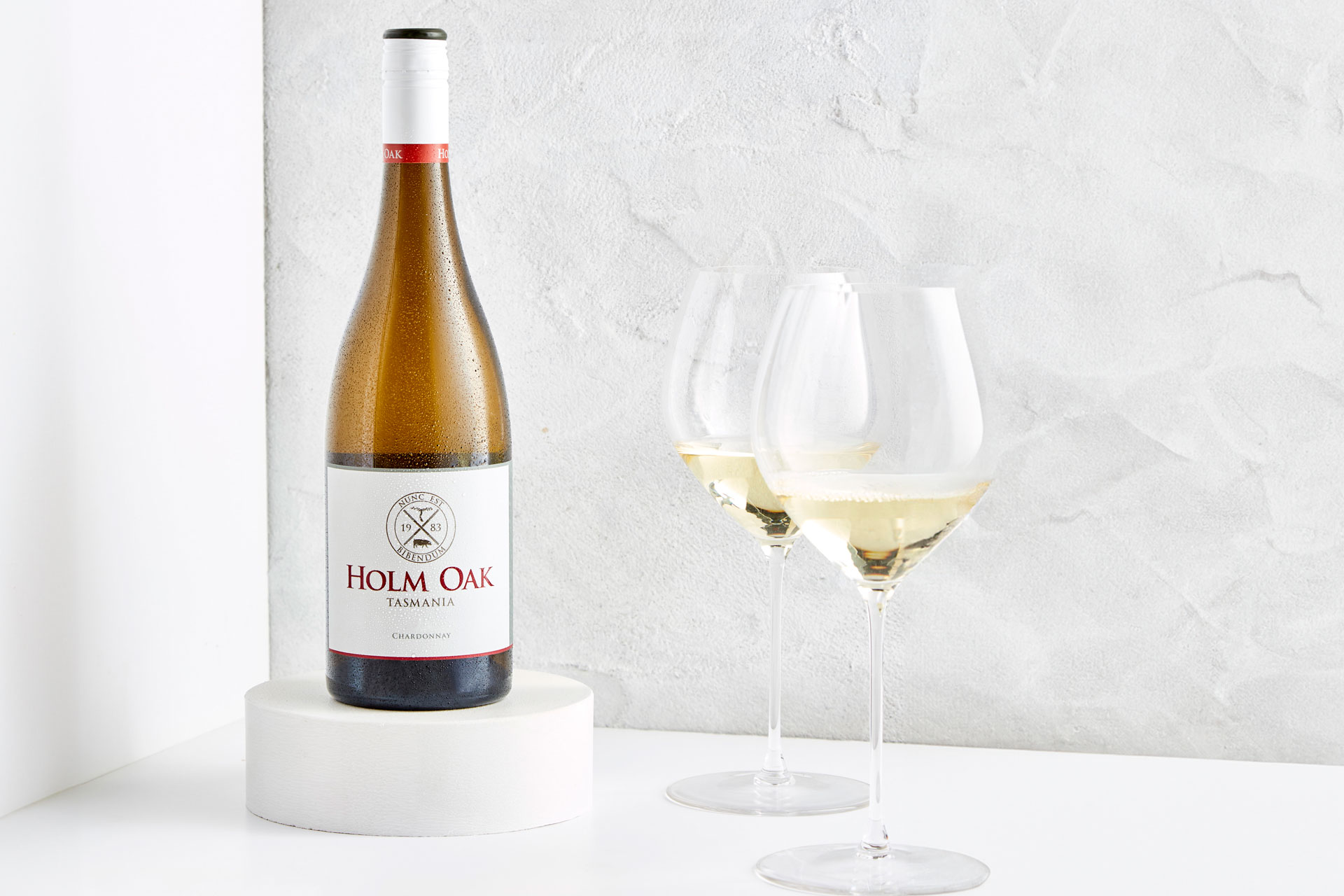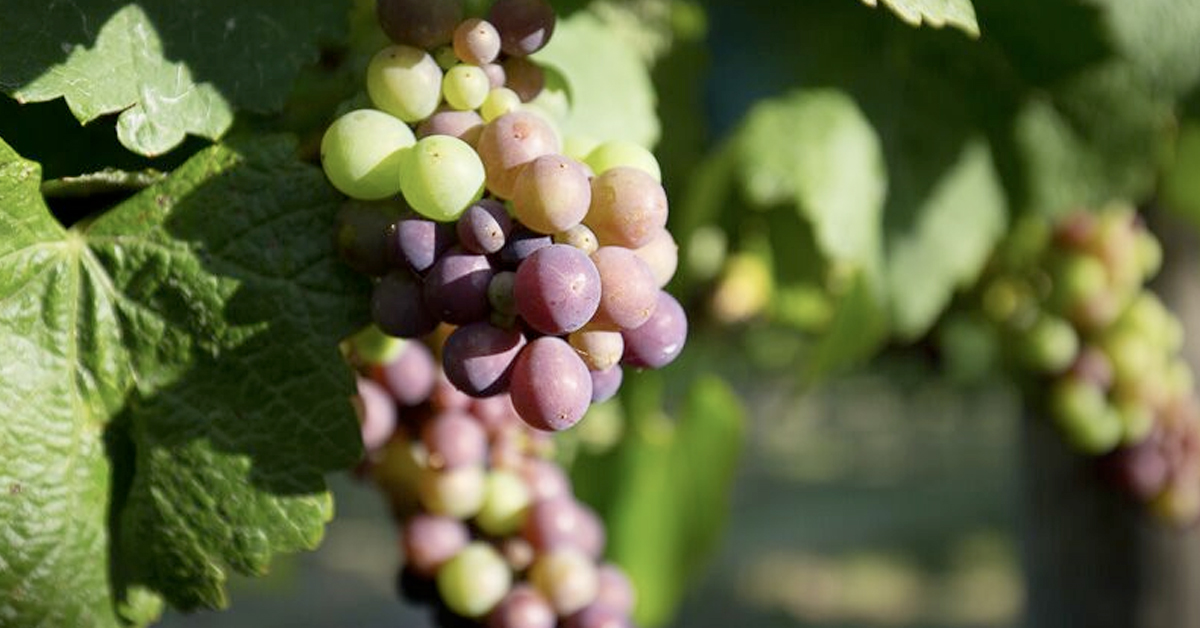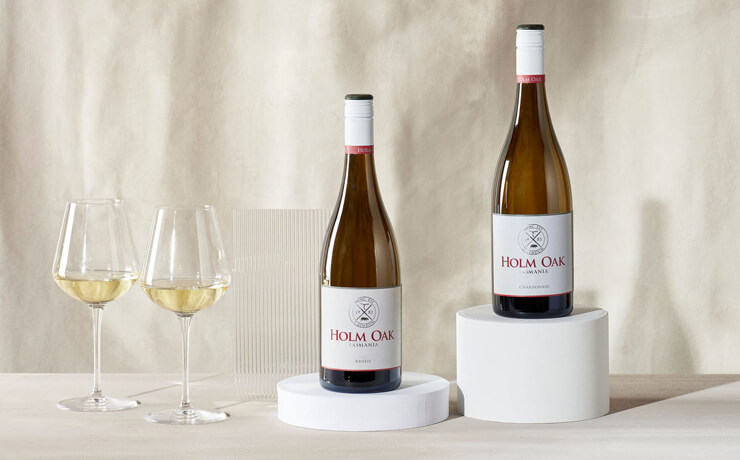The importance of oak in winemaking

There are certain classic images that spring to mind when people think about the winemaking process – frenetic scenes of vintage, bunches of grapes hanging on the vines, hand picking, even that age-old tradition of foot stomping and plunging the fruit once it hits the winery. Mostly, though, it’s the abiding image of serried ranks of oak barrels, their precious contents slowly undergoing the miraculous process of fermentation and ageing in the winery cellars.
Of course, nowadays, particularly in large-scale vinous production, much of this process is mechanised, and the wine held in vast stainless-steel vats. But even then, a great deal of the wine will still have contact with oak in some shape or form.
Here, our winemaker Bec Duffy explores why oak still plays such an important role in the winemaking process, and more particularly, how and why we choose what style of oak we use at Holm Oak.
The use of oak in winemaking
Until about the 15th century, before the advent of glass bottles, wine was aged, stored and sold in wooden barrels. Times have evolved with many different vessels now available, but despite all the technological winemaking advances oak still plays an important role in imparting flavour, texture, tannin profile and even colour to any given wine. Its contribution is due in most part to three main characteristics:
- Oak’s inherent flavour compounds, such as vanilla, clove, spice and char, which add complexity to a wine’s aroma and taste.
- The porous nature of wood (which, depending on the species of oak used, can vary) allows for the gradual introduction of oxygen into the wine, resulting in a smoother, rounder finish.
- Finally, an oak barrel is the ideal environment for encouraging the necessary metabolic changes required, such as malolactic fermentation, to take place.
While innovation and new technologies – and new materials, such as stainless steel – have rendered oak barrels less ubiquitous, the contribution of oak to the character of a wine means it still plays a major part, however it is used. Even if wine is aged in stainless-steel vessels, oak might be introduced by the addition of oak chips or ‘staves’ (sticks).
The difference between French and American oak
There are two predominant species of oak used for making barrels – French (or European) white oak, Quercus petrea, and American white oak, Quercus alba. Their differences are subtle but distinct. American oak tends to be slightly more overt in its characteristics, which makes it more suitable for bolder, more structured wines such as cabernet sauvignon or shiraz. This is, in part, due to the wood being less densely grained than French oak. More oxygen is imparted to the wine (allowing tannin molecules to merge and create a rounder, richer palate), as well as its more pronounced flavour. American barrels tend to be more potent in their flavour, often described as having notes of vanilla, cream soda and coconut with a creamier texture.
At Holm Oak, we choose to use the denser French oak for its delicate spice characters and fine tannin structure – which makes it ideal for our elegant, refined styles. We use it for all our pinot noir’s (except The Protégé), as well as our chardonnay, shiraz and cabernet, and, depending on the vintage, we might add some oak staves to our cabernet merlot to assist with tannin structure and palate weight. We use our barrels for about five years. The newer the barrel, the more oak flavour it will impart. Additionally, much like the blending of grapes from different blocks and/or vintages, we also ‘blend’ our barrels. For example, The Wizard Pinot Noir 2017 has been aged in 20 barrels comprising 60% new oak and 40% one-year-old oak.
Sourcing Holm Oak’s barrels
In France, there is a broad range of coopers, each with a singular technique of making and ‘toasting’ (seasoning by fire) their barrels. In turn, the coopers have at their disposal many different oak forests across France from which to select their raw material. This level of variation is something any winemaker will take into consideration when choosing where to buy their barrels. Barrels are produced in different sizes, too. At Holm Oak, we use barriques, which hold 225 litres, but other commonly used vessels are 300-litre hogsheads and 500-litre puncheons.
The major French-oak forest regions stretch south-west from Vosges in the north-east, to Bertranges, Nevers, Allier (and its sub-region, Tronçais) and Limousin. Each has its own unique soil type, weather conditions and forest-management techniques, and subsequently, produces slightly different styles of oak wood – much in the way one might identify the terroir of a wine.
To this end, we source our barrels from the following regions:
- Tronçais – This forest produces the tightest grained oak, meaning that, generally, the wine needs to stay in barrel for at least 15 months to open up and show its best. We usually buy this for our Wizard Pinot Noir, as it provides great structure and length, albeit needing some time to develop.
- Allier – The majority of our barrels are sourced from this forest. We use this mostly for our pinot noir and chardonnay, as the wine is usually ready for bottling within nine or 10 months, so we can have the barrels and tanks prepared for the next vintage. While not as tightly grained as the Tronçais, it provides great finesse. As well, we use a number of coopers to make our pinot noir barrels, who each impart different characteristics to their final product.
- Bertranges – With its slightly broader, more open grain, this oak offers more spice, richness and bigger tannins. We love the strong, savoury notes that this oak delivers to our estate pinot noir, the 2017 Pinot Noir, but it is used with restraint – just 5% of new oak – the rest being made up with Allier.
So next time you stop to savour the bottle of wine you’ve opened, or when you book a Barrel Room tasting at Holm Oak’s cellar door, make sure to keep in mind that our grapes are just the beginning… there’s lots of thought and consideration that go into the final flavour profile of our wines. Your job is to just sit back and enjoy the fruits of our labour.



